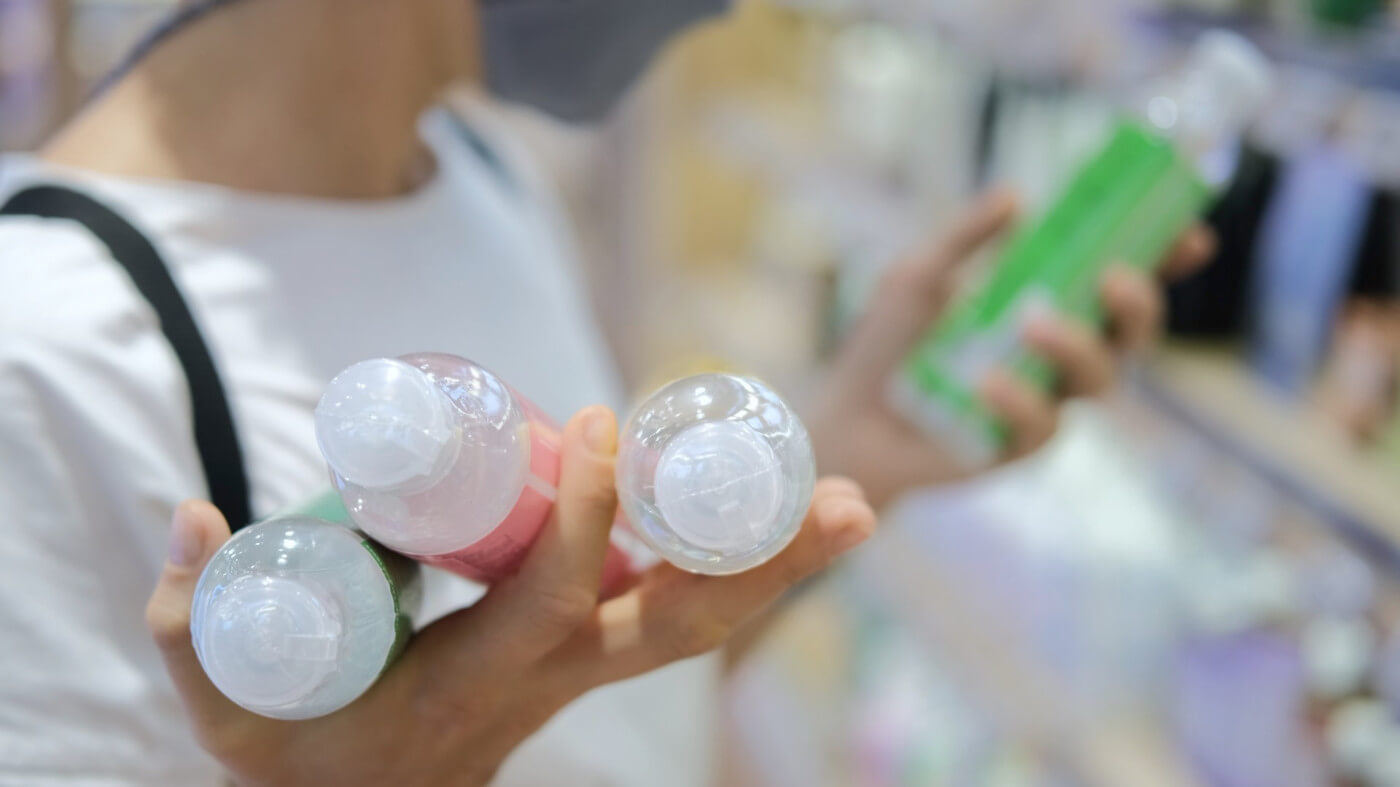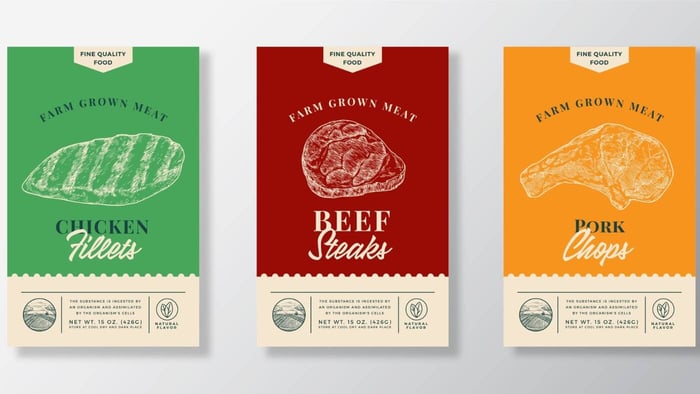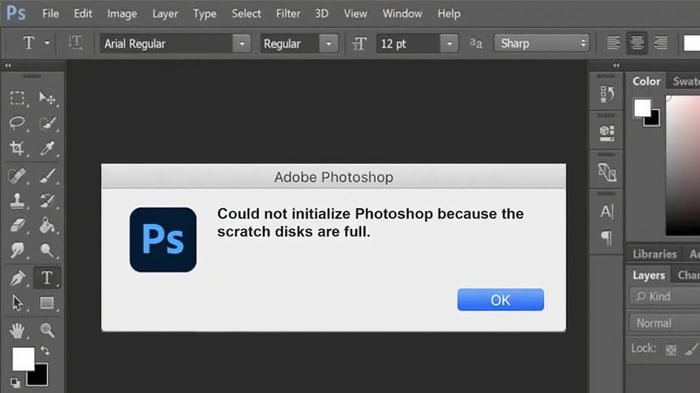Ever picked up a product and noticed a sleek label? Or maybe a sturdy label that seems to withstand all weather conditions? Well, those are most likely poly labels.
Poly labels are custom printed labels made of adhesive backed poly film. Common poly films include polypropylene, polyester, and polyolefin. For companies and individuals that need product labels, warning labels, organization labels, and more - poly labels are often the go to solution. They are known for their durability, tear-proof and waterproof qualities, making them suitable for a wide range of applications where durability is a concern or a waterproof label is required.
These labels are crafted from various film types ranging from clear to white and even metallic films. Depending on where and how you're using them, there's typically a film designed for that purpose.
You'll often see these substrates mentioned by their abbreviations. Here is an overview of the most common poly films used for labeling.
| Abbreviation | Full Name | Common Name | Description |
|---|---|---|---|
| PVC | Poly Vinyl Chloride | Vinyl | Mostly used for wall and floor graphics with an indoor application. Cheaper than polyester. |
| PP | Polypropylene | Polyprop | A cheaper form of polyester, also mostly used for indoor application. |
| PET | Polyester | Polyester | The most expensive, basically weatherproof. Mostly used for outdoor applications, can handle rain or shine. |
| BOPP | Biaxially Oriented Polypropylene | BOPP | Biaxially oriented means the film is stretched to increase tensile strength, etc. |
| PS | Pressure Sensitive | Pressure Sensitive | Any paper or film with adhesive. |
Why Choose Poly Labels?
As mentioned above, the main benefit of these labels is their durability. The alternative is a paper based label. Of course, it's not hard to imagine how a paper label would hold up under harsh conditions or weather - that is to say... it won't!
So for any purpose where temperature, humidity, sunlight, or weather are concerns, you should go with a poly label of some sort.
Additionally, poly labels tend to look more 'premium' when they are applied to products. If you see something on a store shelf with a paper label, it will likely come off as cheap.
That said, there may be legitimate branding reasons to go with a paper label over a poly label. Paper labels are more eco friendly, especially if you select a recycled kraft paper label, for example. Paper labels are better for the environment, and can also communicate and position a brand as more 'natural.'

Advantages of Poly (Film) Labels:
- Durability and Resistance: Poly labels are more resistant to environmental conditions, such as water, heat/cold, fading, and tearing. This is ideal for outdoor conditions.
- Flexibility: Their flexibility allows them to conform to the shapes of containers, which is particularly useful for products in squeezable bottles or containers with unusual shapes.
- Appearance: Poly labels tend to provide a more sleek, and modern look. Plus with a range of finishes from clear to metallic, there are far more options for any brand.
Advantages of Paper Labels:
- Printability and Color: Paper labels offer great ink adhesion, allowing for sharp prints and a wide range of colors. They can support a variety of finishes and textures, contributing to a handcrafted or vintage look that is particularly appealing for certain brands.
- Cost: Generally, paper labels are less expensive than film labels, making them a cost-effective choice.
- Eco-Friendliness: Paper labels are more sustainable, with options for recycled materials, appealing to eco-conscious consumers and brands.
What's the Science Behind These Films?
Polymers, which are large molecules composed of repeating structural units (monomers), can be synthesized through different polymerization processes to achieve desired properties. Two primary types of polymerization are addition polymerization and condensation polymerization, each yielding polymers with distinct characteristics.
Poly films can be engineered to have specific barrier properties like moisture vapor transmission rates (MVTR) to protect products from moisture, or they can incorporate antifog properties to maintain clarity in packaging where visibility is needed. There have been a lot of advancements in the engineering behind these materials, and it's leading to some really neat product and packaging innovations!
Your Source for Custom Labels
At CustomStickers, we carry a wide variety of poly films. With state of the art printing, and advanced laser die cutting, we can produce the right labels for your project.
Reach out if you have any questions or want to request samples or a quote.
Check out our custom labels.
Wrapping Up
Poly labels, in all their versatile glory, have truly revolutionized the label industry. Whether it's for their durability, aesthetics, or sheer adaptability, they have become the go-to for manufacturers and consumers alike.
FAQ
-
What are poly labels made of? Poly labels are crafted from various materials including Mylar, polypropylene, and polyolefin, to name a few.
-
Why are polypropylene labels popular? Polypropylene labels are versatile, durable, and come in various forms including clear, white, and metallic.
-
Where can I get high-quality poly labels? CustomStickers.com is a leading industry player known for their high-quality poly labels.
-
Are poly labels suitable for outdoor use? Yes, poly labels, especially those crafted from materials like Mylar and polypropylene, are designed to withstand external adversities like weather challenges.
-
Do poly labels come only in shiny or metallic finishes? No, poly labels come in various finishes including clear, white, metallic, and more.






